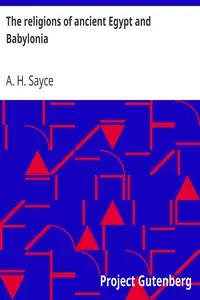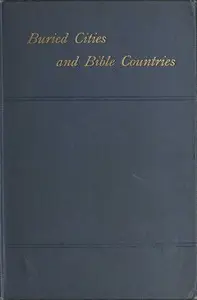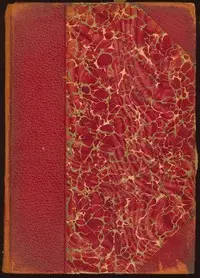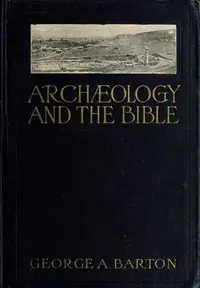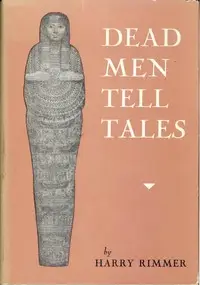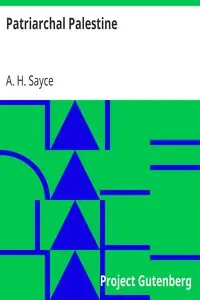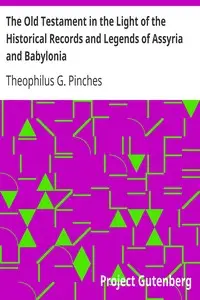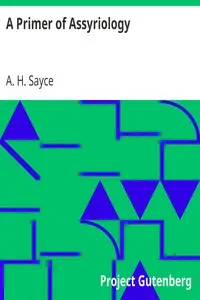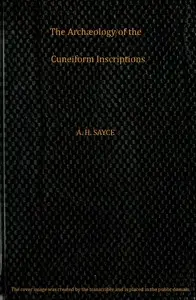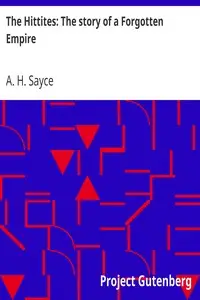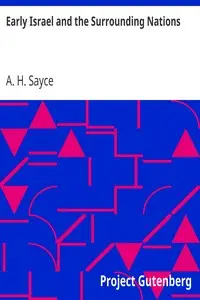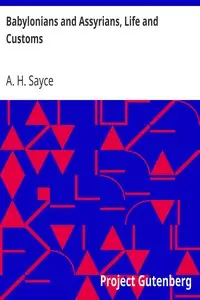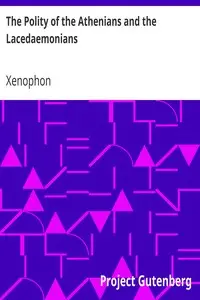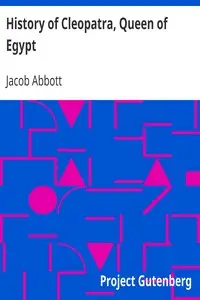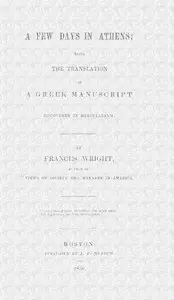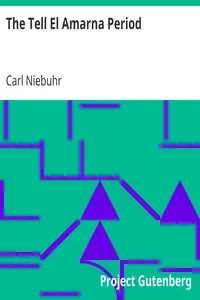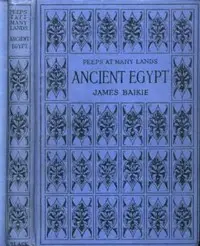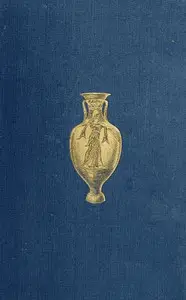"Fresh Light from the Ancient Monuments" by A. H. Sayce is a historical exploration of ancient civilizations and their impact in confirming biblical accounts. It highlights significant archaeological findings from Egypt, Assyria, and Babylon that support narratives found in the Bible. Sayce explores how recent discoveries, like the decipherment of cuneiform and the uncovering of long-lost empires, offer new perspectives on events mentioned in the scriptures. The book focuses on the intersection of archaeology, history, and religious study, using monuments and inscriptions to illustrate the historical accuracy of biblical stories, from the story of Genesis to key figures and events such as the Exodus.
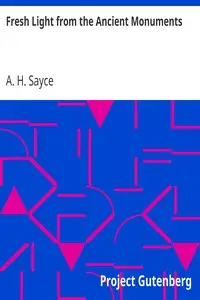
Fresh Light from the Ancient Monuments A Sketch of the Most Striking Confirmations of the Bible, From Recent Discoveries in Egypt, Palestine, Assyria, Babylonia, Asia Minor
By A. H. (Archibald Henry) Sayce
Unearth the thrilling secrets of ancient civilizations and discover how their lost monuments and inscriptions vividly bring the historical accuracy of the Bible to life.
Genres
Released
2010-06-18
Formats
mobi
epub
epub3 (images)
epub (images)
mobi (images)
txt
Free Download
Summary
About the AuthorArchibald Henry Sayce FRAS was a pioneer British Assyriologist and linguist, who held a chair as Professor of Assyriology at the University of Oxford from 1891 to 1919. He was able to write in at least twenty ancient and modern languages, and was known for his emphasis on the importance of archaeological and monumental evidence in linguistic research. He was a contributor to articles in the 9th, 10th and 11th editions of the Encyclopædia Britannica.
Archibald Henry Sayce FRAS was a pioneer British Assyriologist and linguist, who held a chair as Professor of Assyriology at the University of Oxford from 1891 to 1919. He was able to write in at least twenty ancient and modern languages, and was known for his emphasis on the importance of archaeological and monumental evidence in linguistic research. He was a contributor to articles in the 9th, 10th and 11th editions of the Encyclopædia Britannica.
Total Reviews
10.0k
Total reviews from Goodreads may change

